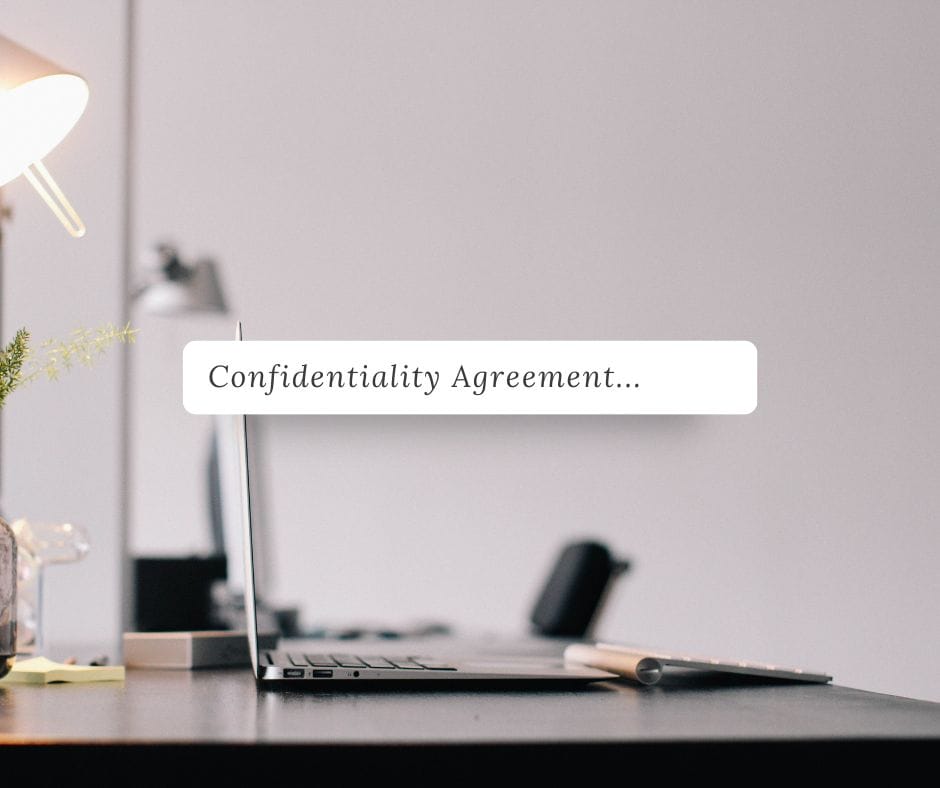
Welcome to Shaikh Law Firm’s comprehensive legal guide on Non-Disclosure Agreements (NDAs) and confidentiality Agreements. In today’s fast-paced and information-driven world, protecting sensitive information is more critical than ever. Whether you are a startup navigating the complexities of business partnerships, an inventor safeguarding a new invention, or a company looking to secure proprietary information, understanding the nuances of NDAs is essential.
NDAs play a pivotal role in facilitating trust and confidentiality in various professional relationships. However, like any legal tool, they come with their own set of advantages and disadvantages. This guide aims to demystify Non-Disclosure Agreements, providing you with a clear understanding of their purpose, how they operate, and the critical considerations you need to make before drafting or signing one.
We will explore the pros of using NDAs to protect your business interests, including the legal mechanisms they offer for safeguarding your most valuable information. Conversely, we will also delve into the cons, highlighting potential limitations and challenges you may face.

Non-Disclosure Agreements (NDAs), commonly known as confidentiality agreements, are legally binding contracts designed to protect sensitive information from being disclosed to unauthorized parties. In the competitive landscape of business and innovation, NDAs serve as a critical tool for securing proprietary information, trade secrets, and other forms of intellectual property.
The primary purpose of a confidentiality Agreement or a non-disclosure Agreement ( NDA)or a is to create a confidential relationship between the parties involved, ensuring that any shared information remains secure and private. This confidentiality is vital for fostering trust during negotiations, protecting innovative ideas, maintaining competitive advantages, and safeguarding financial and strategic information.
An NDA requires one or more parties to refrain from disclosing specific information deemed confidential. The agreement outlines what constitutes confidential information, the scope of the confidentiality obligation, the duration of the agreement, and the consequences of any breaches. A confidentiality Agreement or an NDAs can be tailored to suit various situations, ranging from employee contracts to business deals and collaborative projects.
Also known as mutual NDAs, these involve two parties who both share confidential information with each other, with both parties agreeing to keep the shared information private.
These involve two parties, where only one party (the discloser) shares confidential information with the other party (the recipient), who agrees not to disclose it further.

For a confidentiality Agreement or Non-Disclosure Agreement (NDA) to serve its purpose effectively, it must be meticulously drafted, paying close attention to several critical elements. These components ensure that the agreement is not only enforceable but also clear and comprehensive for all parties involved. Below are the key elements that must be clearly defined in an NDA:
Definition of Confidential Information
The core of any NDA is its definition of what constitutes confidential information. This section delineates the scope of information protected under the agreement. Confidential information can encompass a wide range of data, including but not limited to:
A well-defined scope helps prevent ambiguity and ensures that all parties have a clear understanding of their commitments. It’s also common to specify what is not considered confidential, such as information already in the public domain or previously known to the recipient without breach of confidentiality.
Obligations and Exceptions
This section outlines the recipient’s duties regarding the handling and protection of confidential information. Obligations typically include:
Exceptions to these obligations are also crucial. They might include scenarios where the recipient is required by law to disclose the information or when the information becomes publicly known through no fault of the recipient.
Duration
The duration of the NDA specifies the period during which the information must be kept confidential. This could be indefinitely, for a specific number of years, or until the information becomes publicly known through other means. The term should be reasonable and reflect the nature of the confidential information and its value over time.
Consequences of Breach
To enforce the seriousness of the agreement, the NDA must detail the consequences faced by any party that violates its terms. These may include:
Specifying these consequences not only underscores the importance of adhering to the agreement but also provides a clear recourse for the disclosing party in the event of a breach.